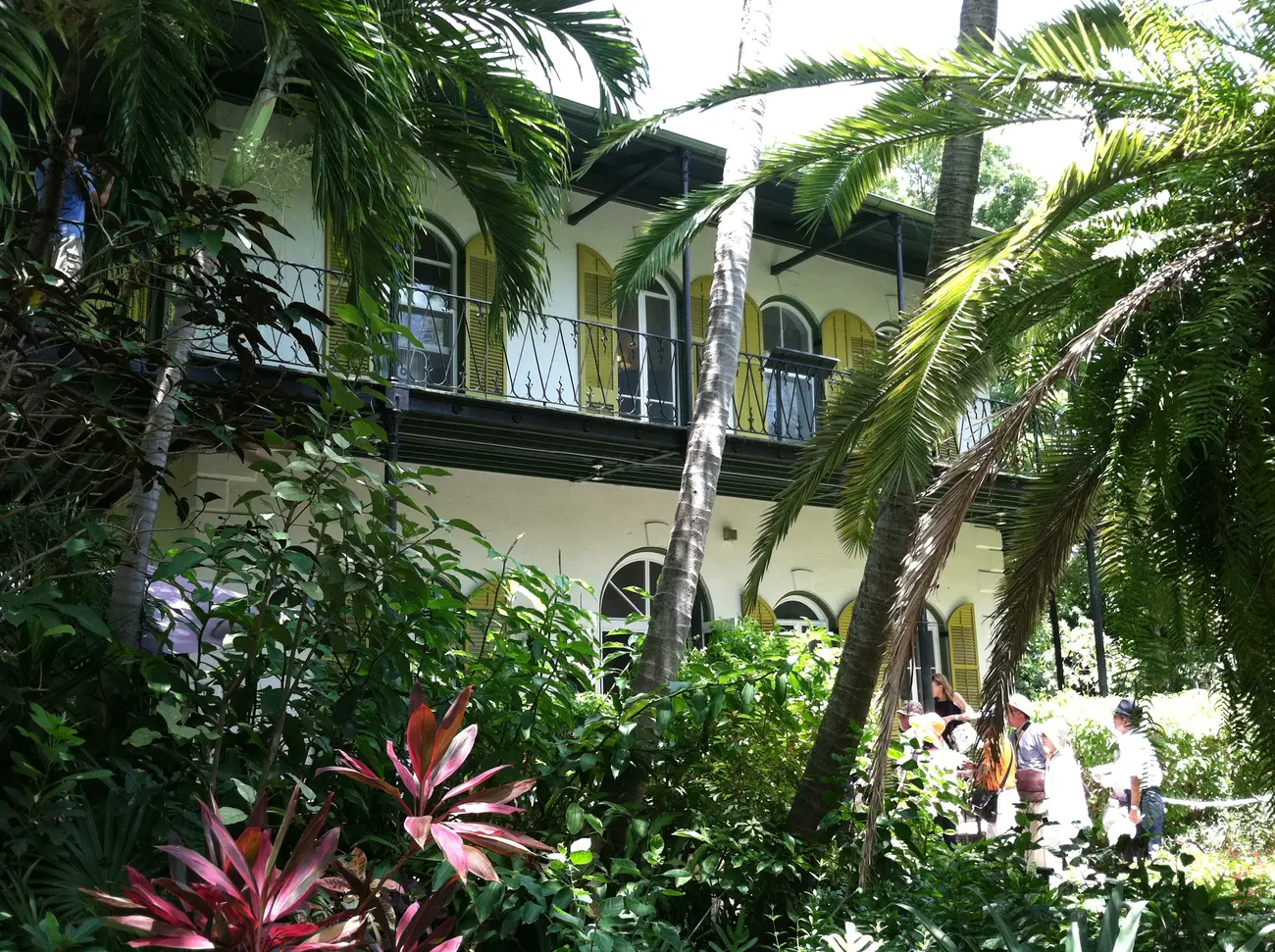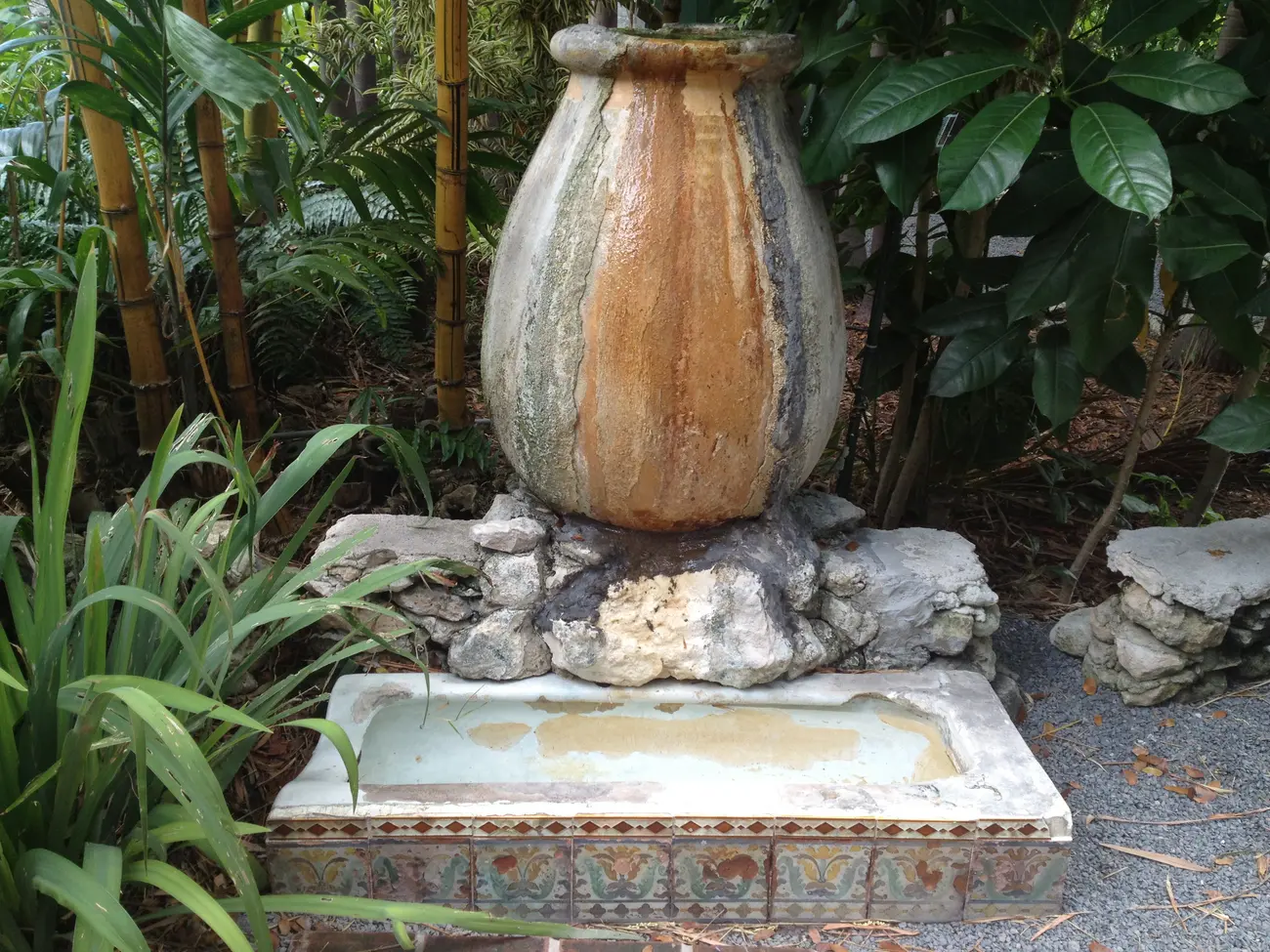Ernest Hemingway, born in 1899, published his first novel, The Sun Also Rises, in 1926. He was living in Paris with the first of his four wives, Hadley Richardson. Hemingway divorced Richardson the following year.
Writer John Dos Passos suggested to Hemingway that he might enjoy Key West, Florida, and in March 1928, Hemingway visited the island for the first time.
“He fell in love with Key West, the lifestyle, the fishing, of course,” says Dave Gonzales, director at the Ernest Hemingway House and Museum. “He kept coming back to Key West over the next two years. He’d invite his friends from the ‘Lost Generation.’ John Dos Passos came down, (artist) Waldo Peirce, (writer) F. Scott Fitzgerald, and they’d come down for fishing trips in the spring mostly, but Hemingway would spend four to six months out of the next two years here.”
When Hemingway’s second wife, Pauline Pfeiffer, found the home that the couple would move in to, it was boarded up and abandoned, but she could see it’s potential. The property was on the highest point in Key West, across the street from the island’s lighthouse.
“They bought this home in 1931, for $8,000 in back taxes, and still today, it’s the largest residential piece of property on this island,” says Gonzales. “We’re a full acre with very lush tropical gardens. The mansion was originally built in 1851 by Asa Tift, a wealthy shipwreck and salvaging merchant.”
Ernest Hemingway lived in the home until 1939. He was very productive while is Key West. As early as his first visit in 1928, the writer put the finishing touches on his book A Farewell to Arms. While living in the home that is now the Hemingway Museum, the author wrote the novel To Have and Have Not, the nonfiction book Green Hills of Africa, and short stories “The Snows of Kilimanjaro” and “The Short Happy Life of Francis Macomber.”
The Ernest Hemingway House and Museum property is famous for its population of polydactyl, or six-toed cats. The cats at the museum today are “living history” in a sense, as they are direct descendants of Hemingway’s own cats.
The six-toed cats were preferred by the captains of wooden clipper ships, as the extra digit was thought to aid in the capture of rodents. “They also were believed to have mystical and magical powers,” says Gonzales. “They were believed to give ship’s captains calm seas, prevailing winds, safe passages on their journeys.”
Hemingway was inspired by the folklore legend to begin collecting the polydactyl cats. A photo in the dining room of the Hemingway House and Museum shows the writer’s sons Gregory and Patrick holding Snowball, the first of the family’s six-toed cats.
About 50 cats lived on the property while Hemingway lived there, and the same number is maintained at the museum today.
In 1937, while Hemingway was away covering the Spanish American War, Pauline decided to install what was the largest residential pool in south Florida. The pool cost $20,000, when the entire estate had been purchased for $8,000.
Hemingway was so angry about the cost of the pool that he threw a penny at Pauline, telling her that she might as well take his last cent.
“She picked up the penny, and imbedded it into the wet cement where it still remains today,” says Gonzales. “It’s a 1934 D copper penny and the last pocket it was in was Ernest Hemingway’s.”
In addition to being appreciated for his concise and direct writing style, Hemingway was known for his fondness for drinking to excess. His favorite bar was Sloppy Joes. The urinal from the original Sloppy Joe’s Bar is in the yard at the Ernest Hemingway House and Museum.
After a night of drinking, Hemingway and “Sloppy Joe” Russell hand carried the urinal to Hemingway’s home. They placed it next to Pauline’s pool, where it still serves as the water bowl for the family’s cats.
In 1939 Hemingway moved from Key West to Cuba, leaving his second wife and children behind. He received the Nobel Prize for Literature in 1954, following the publication of his novel The Old Man and the Sea. The author committed suicide in 1961 at his home in Ketchum, Idaho.
Dr. Ben Brotemarkle is executive director of the Florida Historical Society and host of the radio program “Florida Frontiers,” broadcast locally on 90.7 WMFE Thursday evenings at 6:30 and Sunday afternoons at 4:00, and on 89.5 WFIT Sunday mornings at 7:00. The show can be heard online at myfloridahistory.org.

